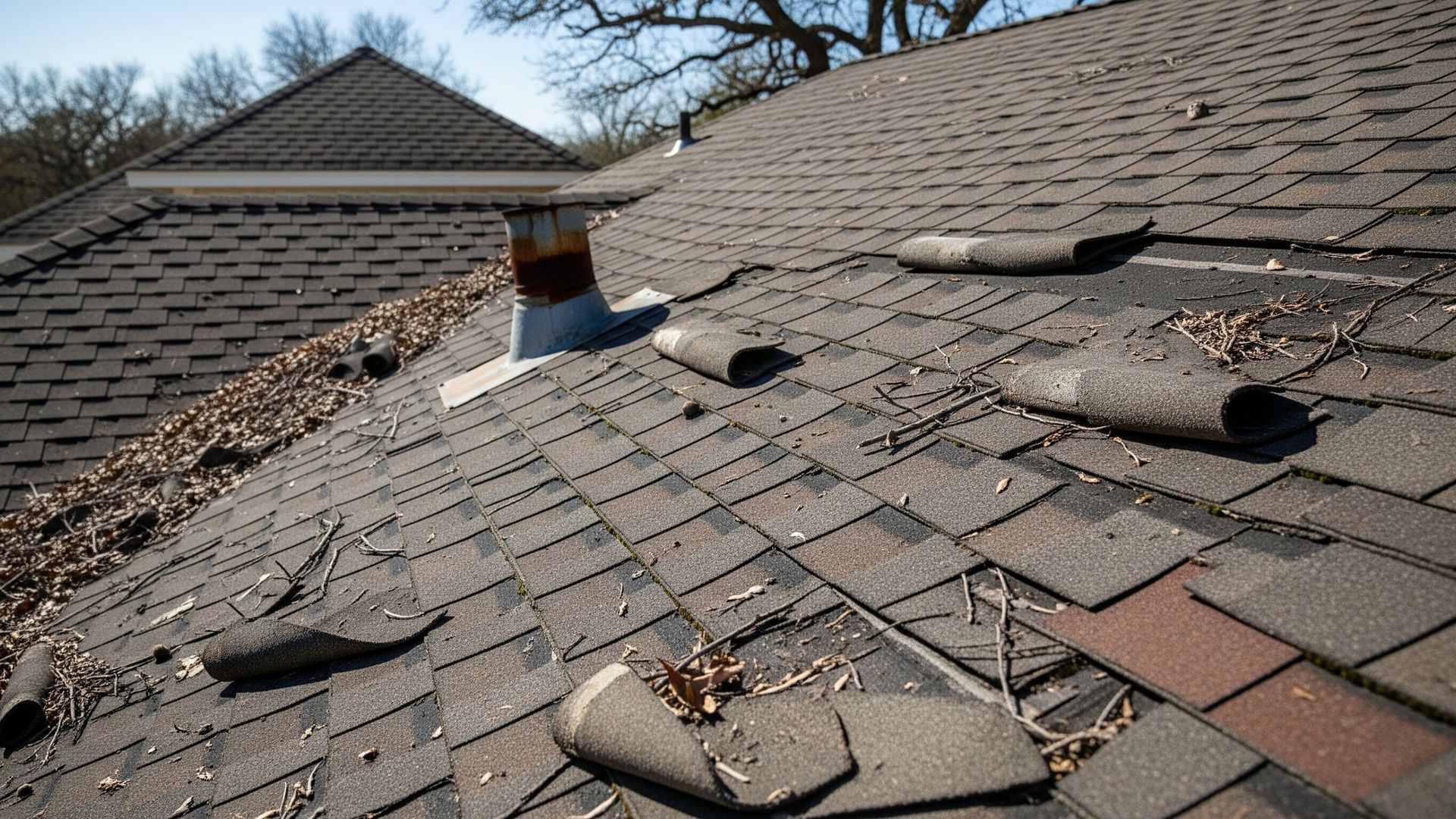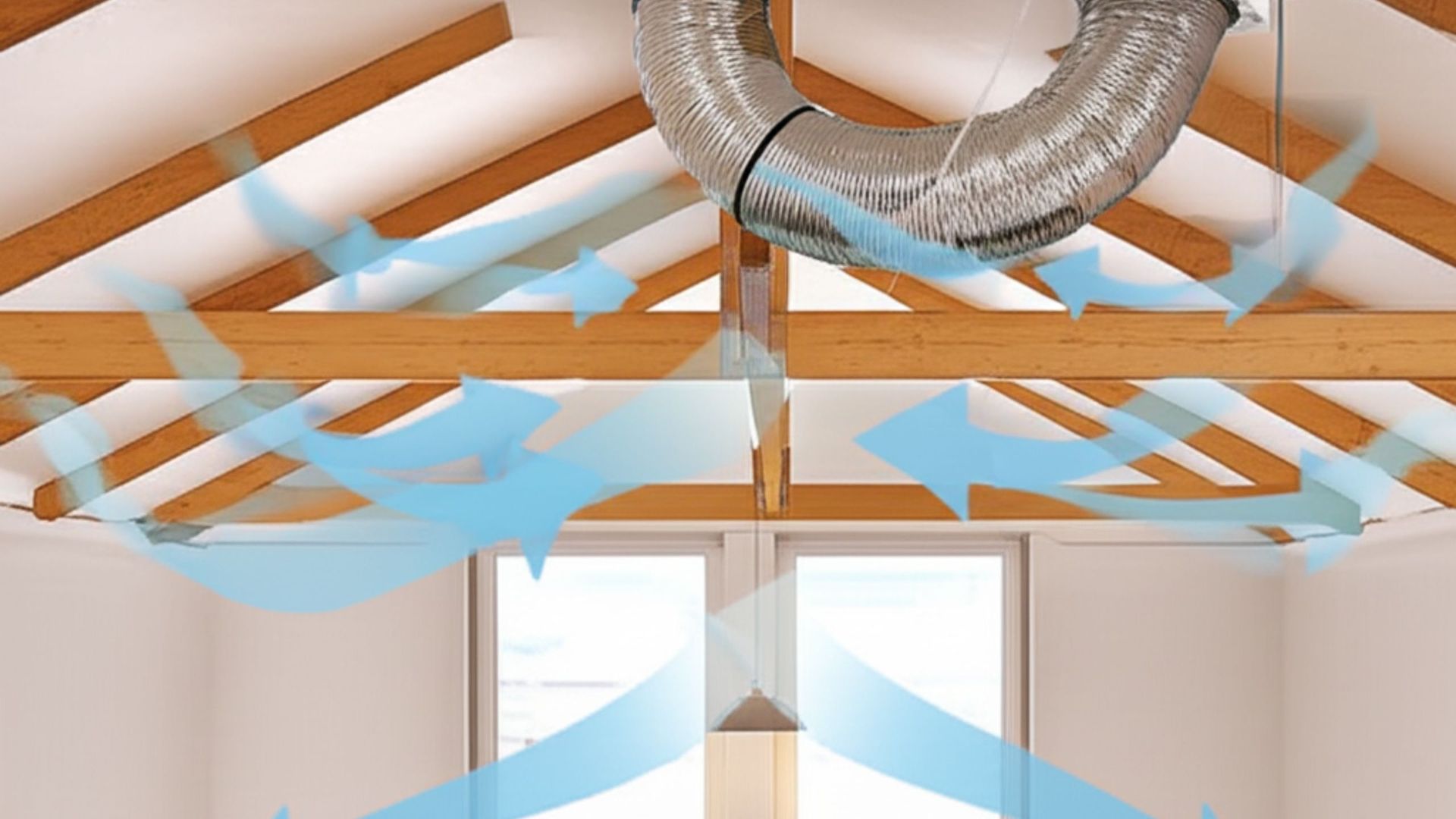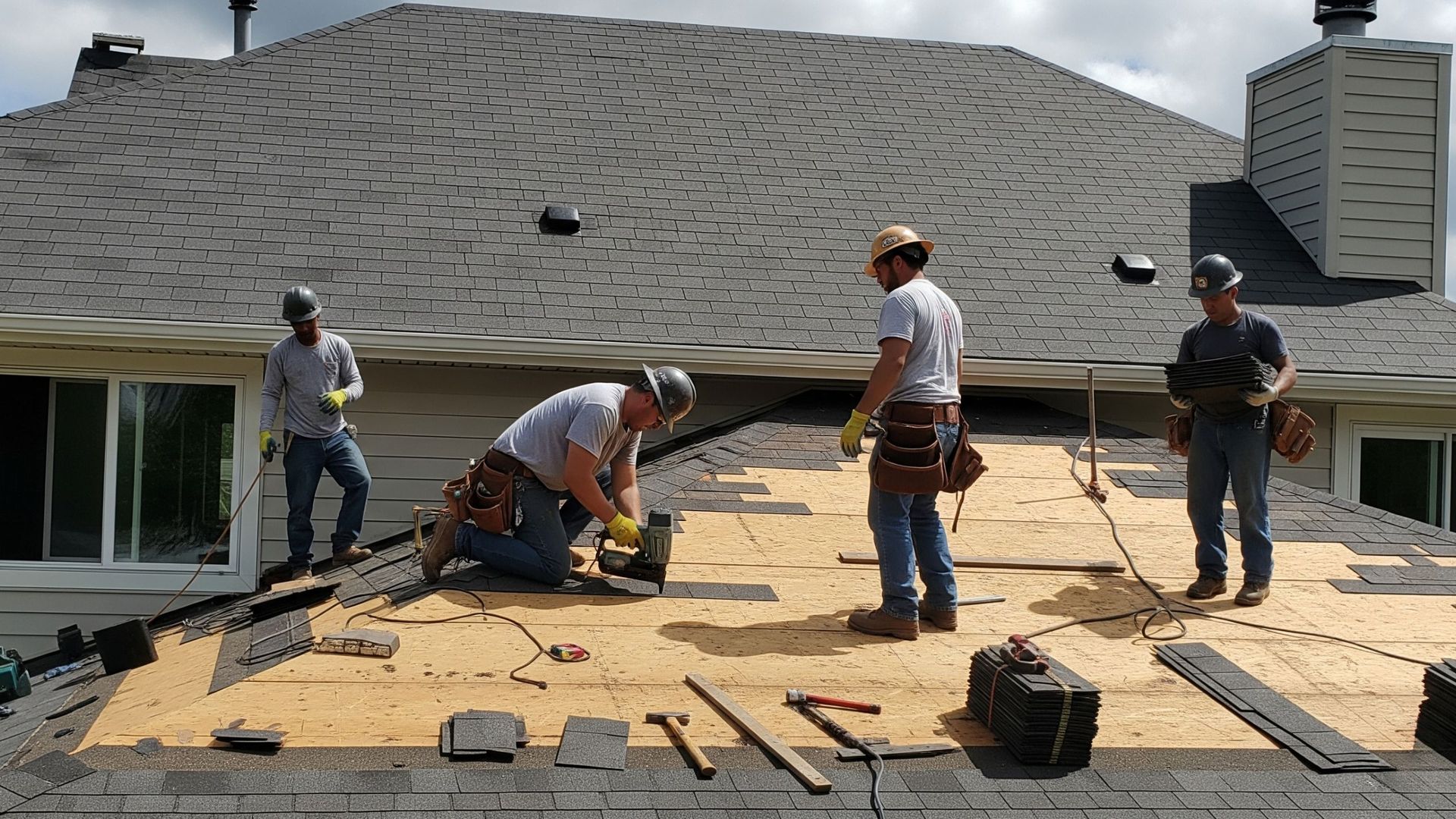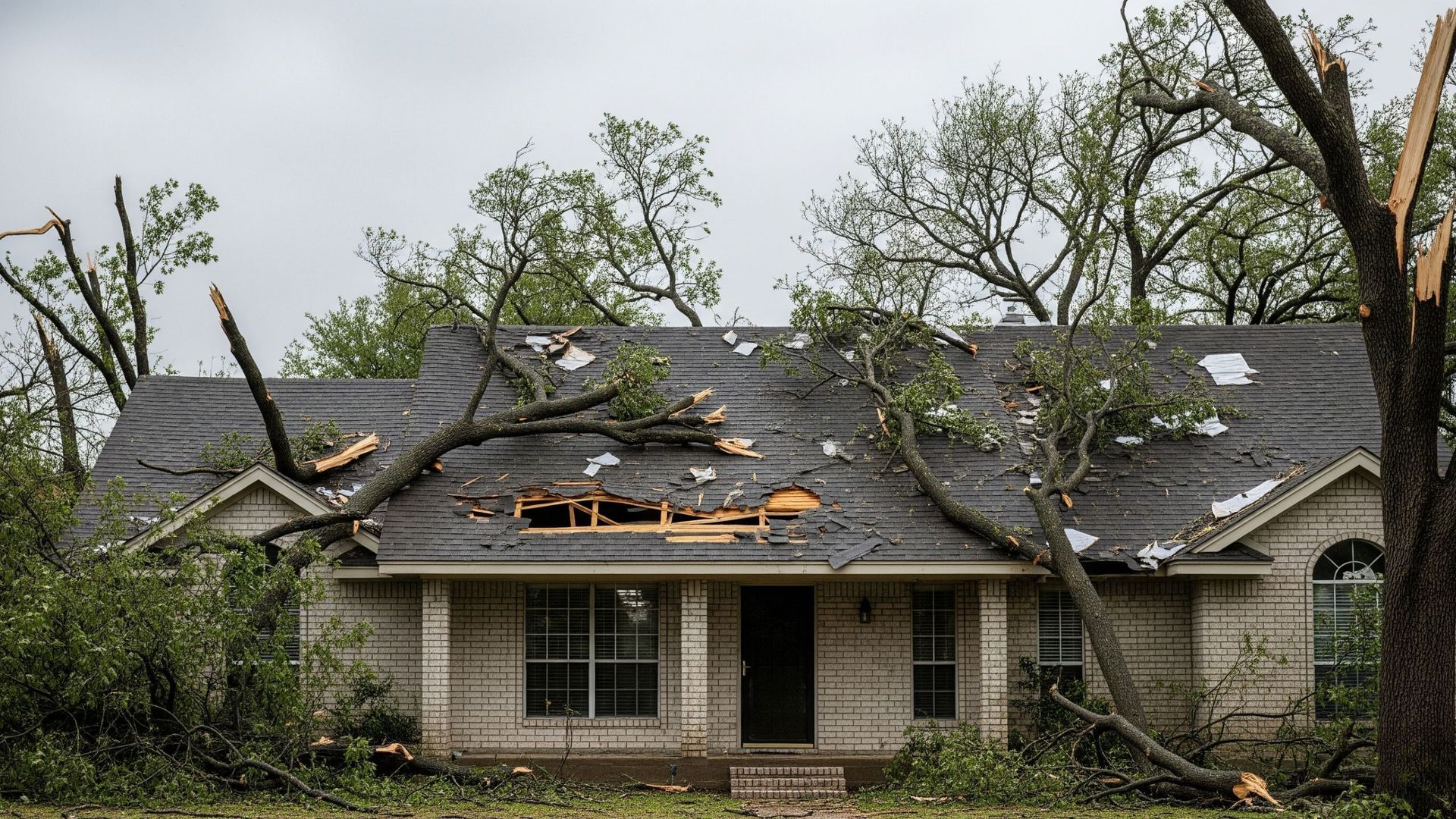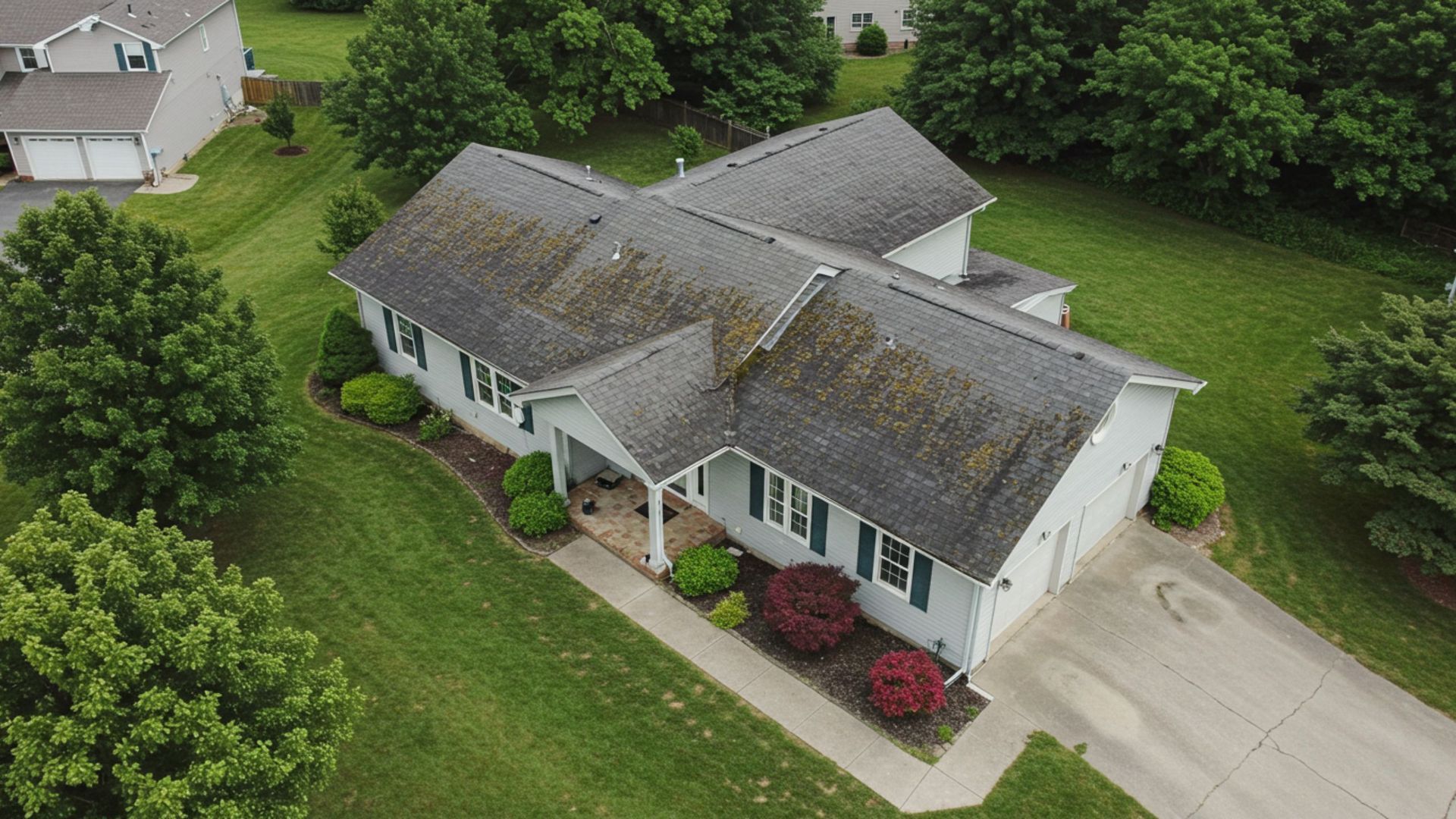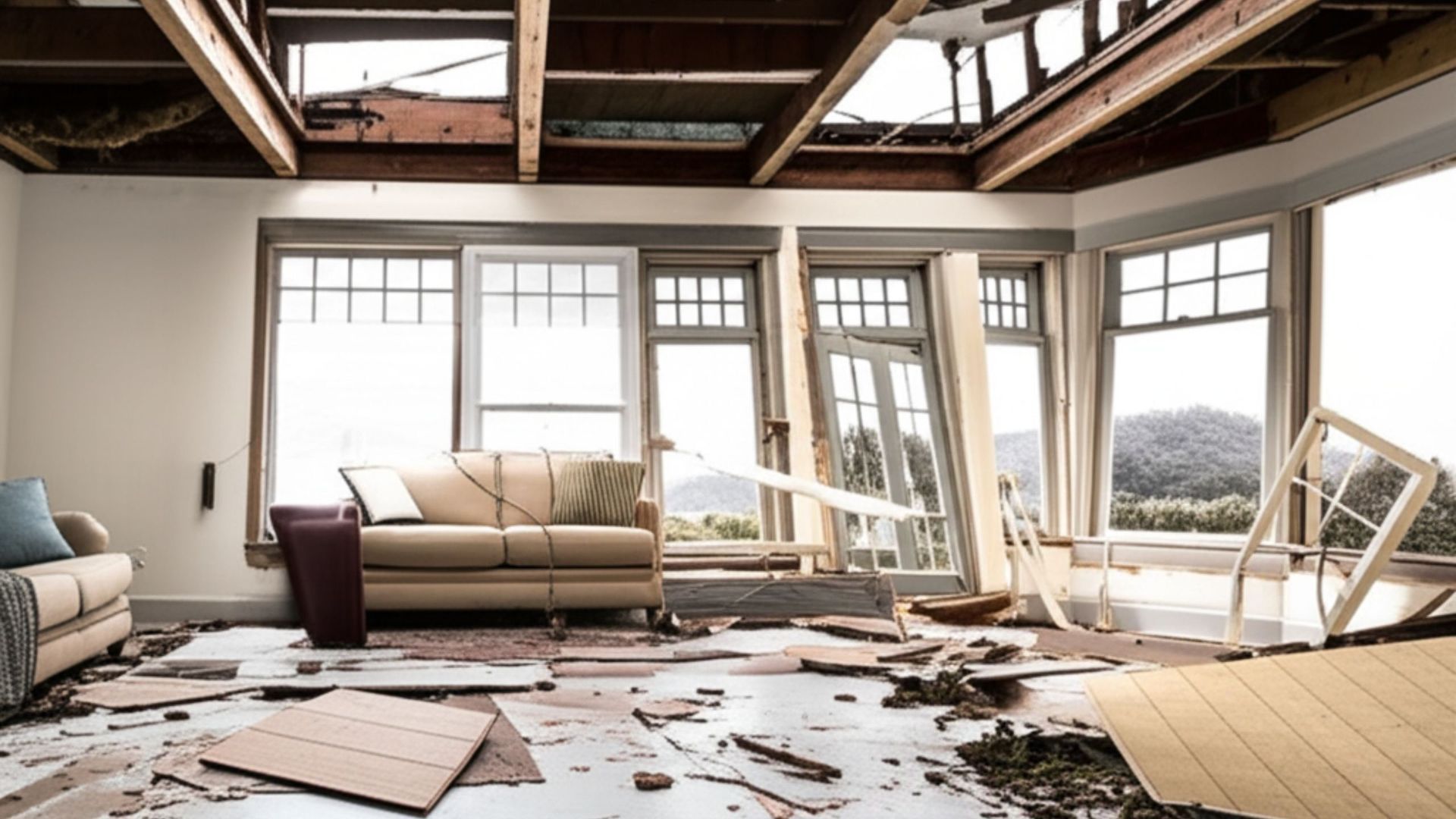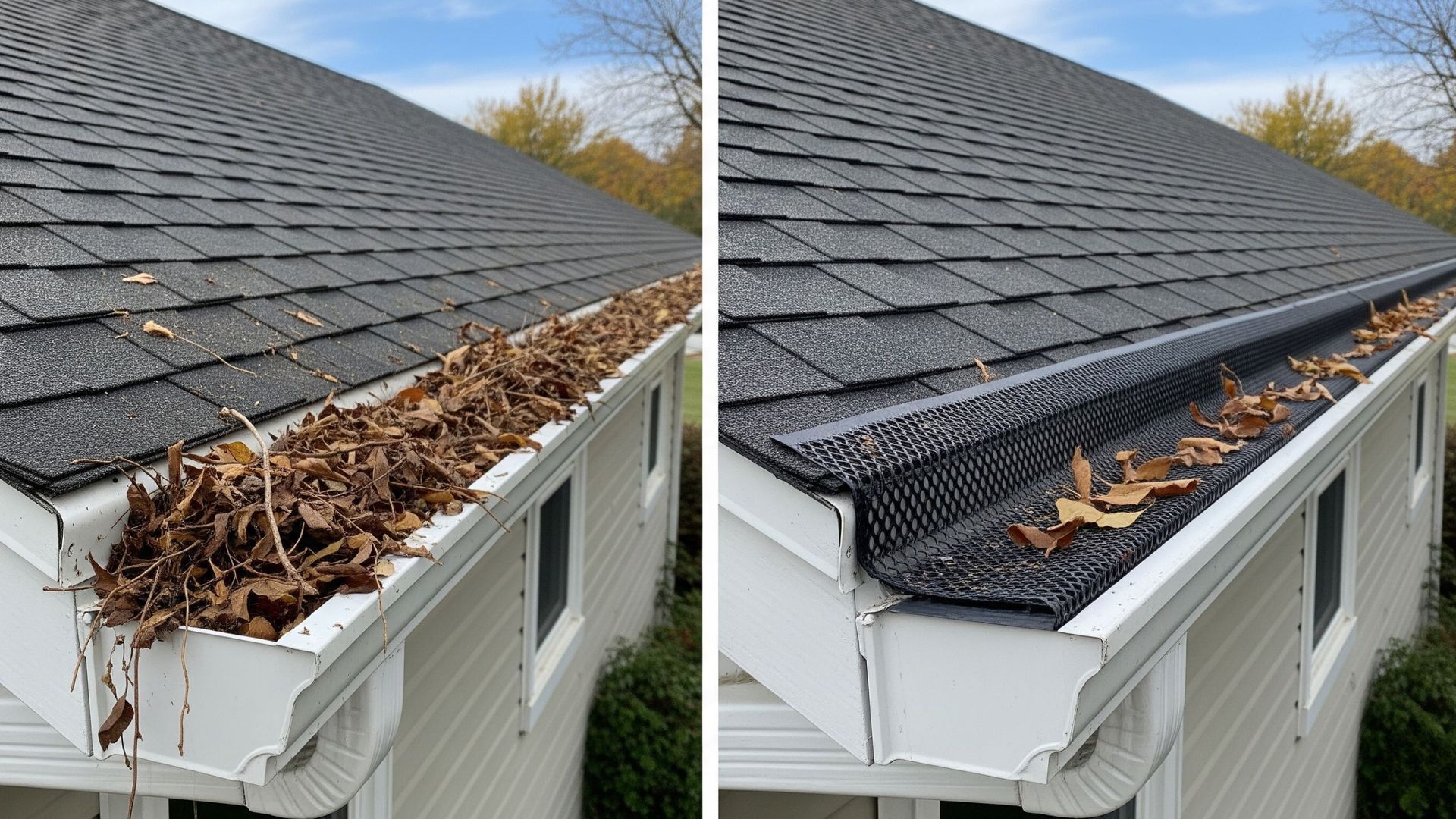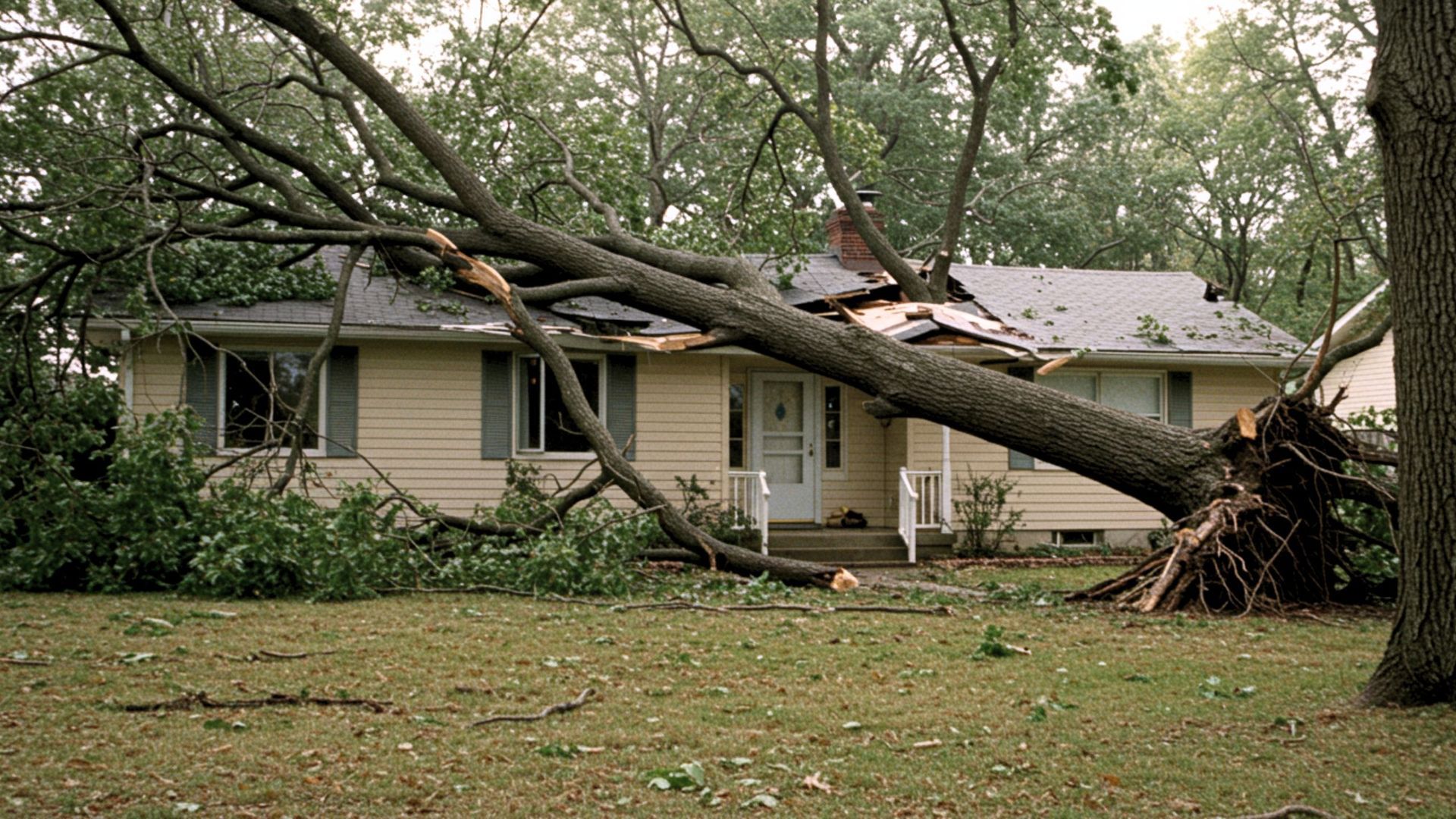10 Common Causes of Roof Damage and How to Prevent Them
Your roof is the first line of defense against the elements, protecting your home and everything inside it. But over time, various factors can cause wear and tear, leading to costly damage.
Understanding the common causes of roof damage and knowing how to prevent them can help extend your roof's lifespan and keep your home secure. In this article, we’ll explore the top ten causes of roof damage and offer practical tips to prevent them.
1.Weather Conditions
Extreme weather conditions, including heavy rain, strong winds, hail, and intense sun, can take a toll on your roof. In areas like Conroe, Texas, where storms and high heat are common, roofs are at greater risk of weather-related damage.
Prevention Tip:
Schedule regular roof inspections, especially after storms, to check for loose or damaged shingles. Consider using high-quality, weather-resistant roofing materials for better durability.
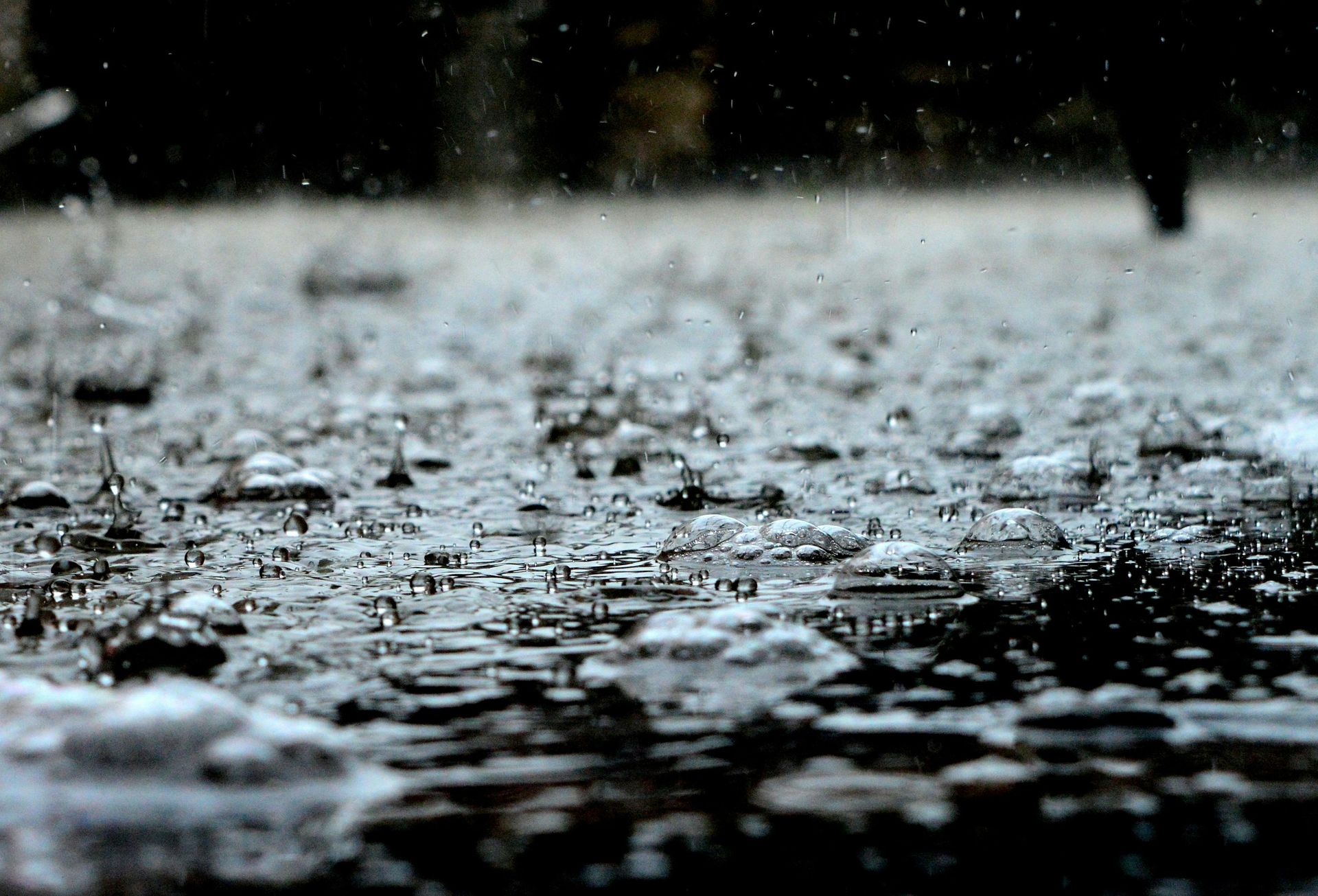
2.Poor Installation
Incorrectly installed roofs can suffer premature damage due to loose shingles, poorly applied flashing, or insufficient ventilation. A poor installation can result in leaks and reduce your roof’s lifespan.
Prevention Tip:
Always hire a reputable, experienced roofing contractor for any installation or replacement. Quality installation ensures that your roof will withstand the elements for years to come.
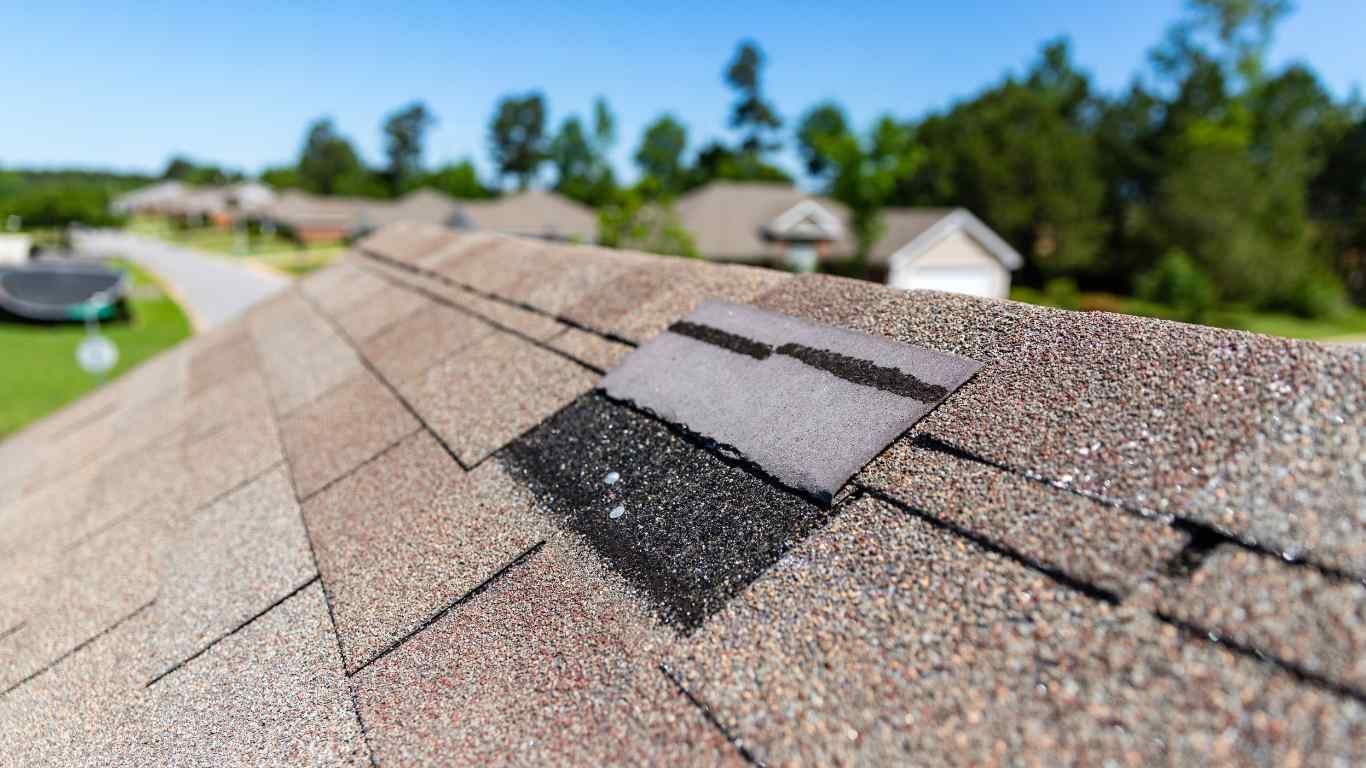
3.Lack of Maintenance
Skipping regular roof maintenance can lead to various issues, from clogged gutters to loose shingles. Regular maintenance helps catch minor issues before they turn into major repairs.
Prevention Tip:
Schedule routine inspections at least twice a year and after major storms. Clear debris from gutters and check for any signs of damage regularly.
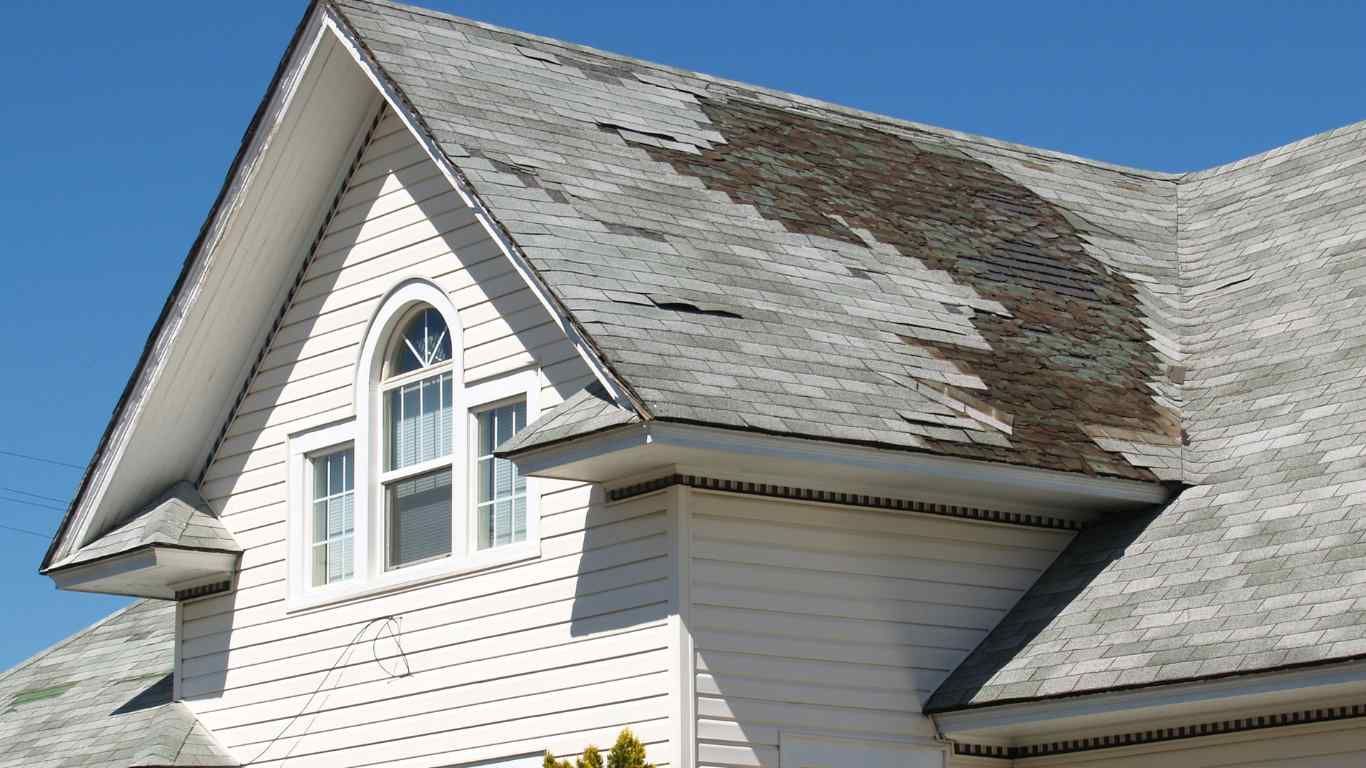
4.Tree Damage
Overhanging branches can scrape against your roof, loosening shingles and causing wear. Fallen branches during storms can also cause severe damage, even leading to roof punctures.
Prevention Tip:
Trim any tree branches that are close to your roof. Regularly maintaining the trees around your property can prevent damage during windy or stormy weather.
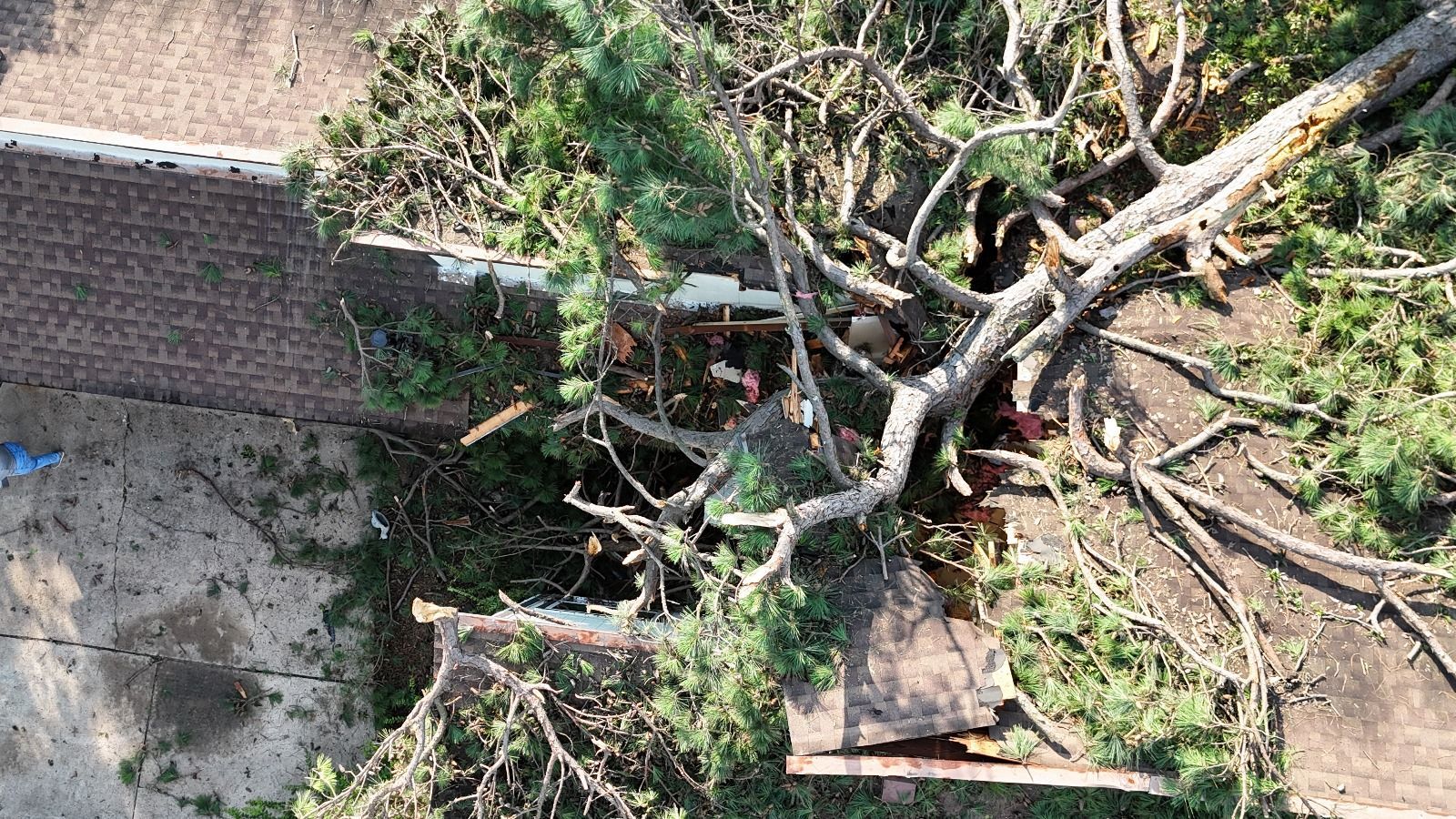
5. Animals and Pests
Birds, squirrels, raccoons, and insects can cause significant damage by nesting in your roof or chewing through roofing materials. Their presence can lead to holes and weakened areas in your roof structure.
Prevention Tip:
Inspect your roof for signs of animal activity, and seal any openings where pests could enter. If you notice signs of infestation, contact a pest control professional promptly.
6. Improper Ventilation
Poor ventilation can cause heat and moisture buildup in your attic, leading to rot, mold growth, and shingle damage. This can weaken the overall structure of your roof over time.
Prevention Tip:
Ensure your roof has adequate ventilation to allow hot air and moisture to escape. Proper ventilation helps maintain a balanced temperature and prevents condensation issues.
7. Moisture and Leaks
Water infiltration due to leaks or inadequate drainage can lead to significant damage, including rot, mold, and weakened structural integrity. Leaks often start small but worsen over time.
Prevention Tip:
Address leaks as soon as they’re noticed. Ensure that flashing, gutters, and shingles are intact and functioning properly to prevent water from entering your roof.
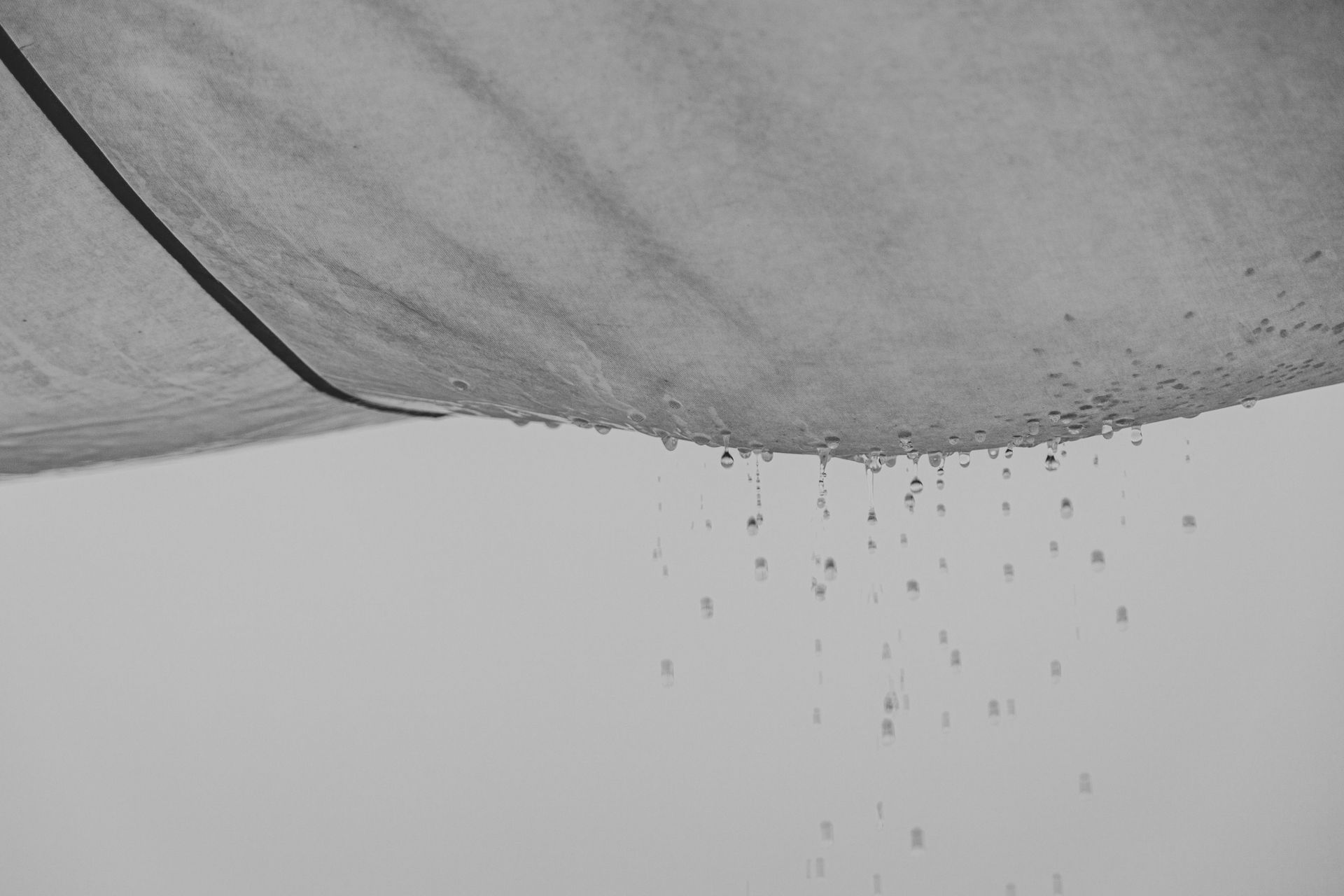
8. Sun Exposure
Continuous exposure to the sun’s UV rays can cause shingles to deteriorate, crack, and fade over time. In hot climates, this can lead to premature aging of your roof.
Prevention Tip:
Consider UV-resistant roofing materials that can better withstand prolonged sun exposure. Regular inspections can help catch any sun-related damage early on.
Ready to Protect Your Roof? TrustWorks Construction Can Help!
Don’t wait until damage becomes severe—TrustWorks Construction is here to help with expert inspections, repairs, and maintenance services. Contact us today to keep your roof strong, resilient, and ready for anything.
